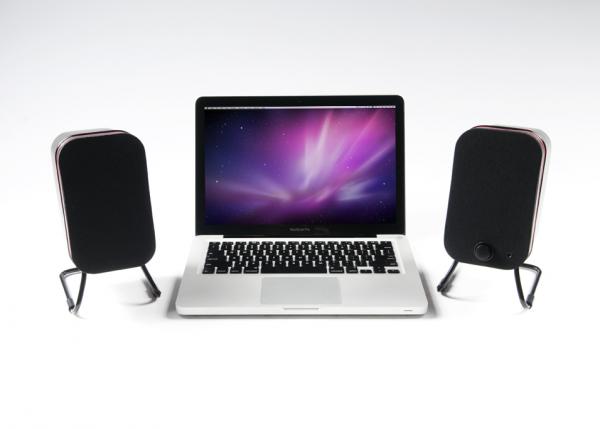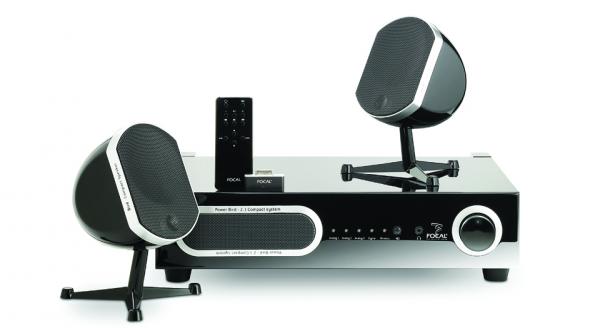Daniel Kumin
|
Mar 12, 2012
|
Jan 30, 2012
|
Jan 30, 2012
|
Jan 30, 2012
|
Oct 19, 2011
|
Oct 19, 2011












